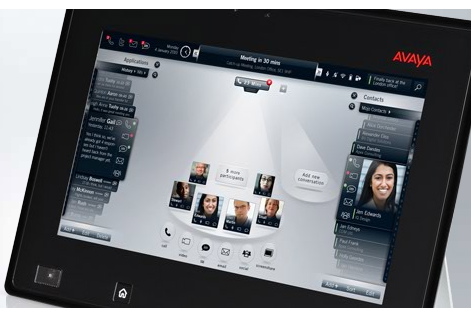Much of the difficulty in making video conferencing an effective enterprise communications method in the company-company setting is the problem with ad hoc session initiation.
In this circumstance, the IP PBX community have solved only part of the framework. In an IP PBX it is assumed that all outbound calls come in from the PSTN and not from the IP environment (generally). In this case the negotiation is with a well-behaved PSTN gateway DSP and the user's IP phone. Of course, the processor power on either is quite limited, but it works really well.
The real power of SIP comes when the IP PBX can accept a session request over the Internet. They need to facilitate an all-IP session without torturing the user. Architecturally, SIP enables the gateway-proxy call request process pretty well. Yet, because of its vulnerability or because of concerns for its potential vulnerability (taking out an IP PBX with a DDoS attack would hurt the business a lot).
With video conferencing however, there is renewed investment in filling out the feature calendar with advanced mechanisms that take the standard IP PBX features WAY PAST the boring experience of modern VoIP.
 Services like [[Auto Attendant]] – "hello, you've reached The ACMECompany. If you know the extension of the party you'd like to reach,dial it now. For sales, press 1. For service press 2. For…" need tobe implemented for video. With video, hopefully, the leaders will leverage the more dynamic aspects of visual communications. Marketers will love the idea to introduce [[Max Headroom]] characters to be the auto attendant for the company'; this is like having corporate spokesperson [[avatar]]s.
Services like [[Auto Attendant]] – "hello, you've reached The ACMECompany. If you know the extension of the party you'd like to reach,dial it now. For sales, press 1. For service press 2. For…" need tobe implemented for video. With video, hopefully, the leaders will leverage the more dynamic aspects of visual communications. Marketers will love the idea to introduce [[Max Headroom]] characters to be the auto attendant for the company'; this is like having corporate spokesperson [[avatar]]s.
Going even farther, wouldn't it be great that during the session setup sequence, which invariably involves seconds while the customer is waiting to connect to support the playing of the corporate video, the corporate TV commercial or a personal message from the key person you're trying to reach. Here, I would recommend a gentle fade to the camera in the room after completion of the commercial.
Video conferencing has enormous potential as discussed in The Perfect Storm. Wouldn't it be wonderful if the industry took the high road to create a completely new business experience that leverages business users experience and expectations from the consumer experience?
The starting point for this idea came from the Tandberg Analyst Day, where I saw the Tandberg Entry Point application running on the Tandberg Video Communications Server. The Entry Point enabled a user in company A to point their video system at a particular IP address which delivered a visual and aural 'auto attendant' – like directory for company B's video rooms. SIP/H.323 and firewall transversal were automatically enabled. This is a critical element to expanding the ease of inter-company visual communications. I expect with a little imagination, this could be a really cool feature of every enterprises' customer-facing infrastructure on the IP network. Not just web sites, email servers and firewalls anymore!










